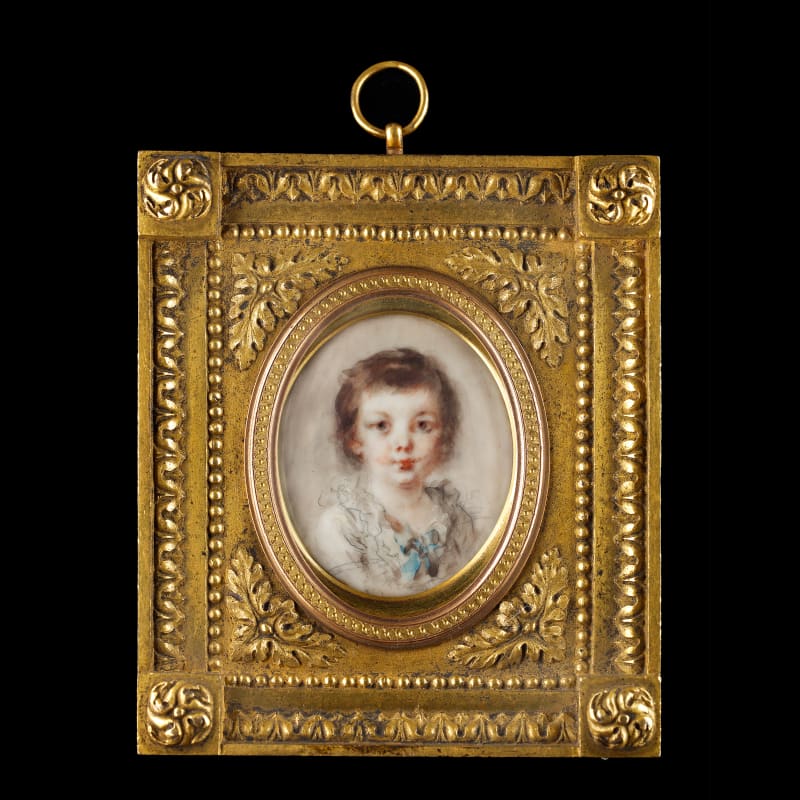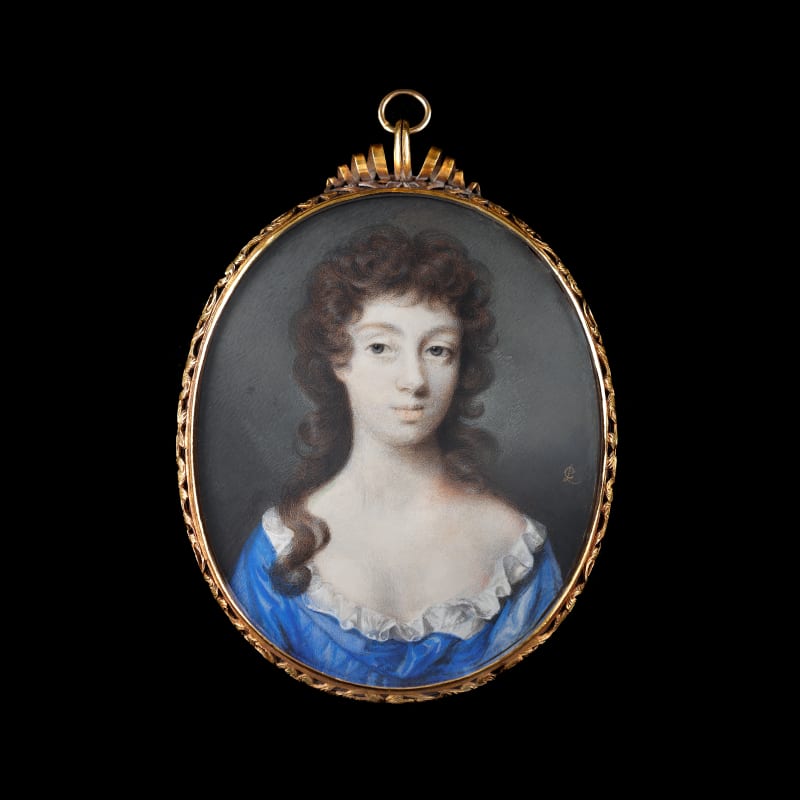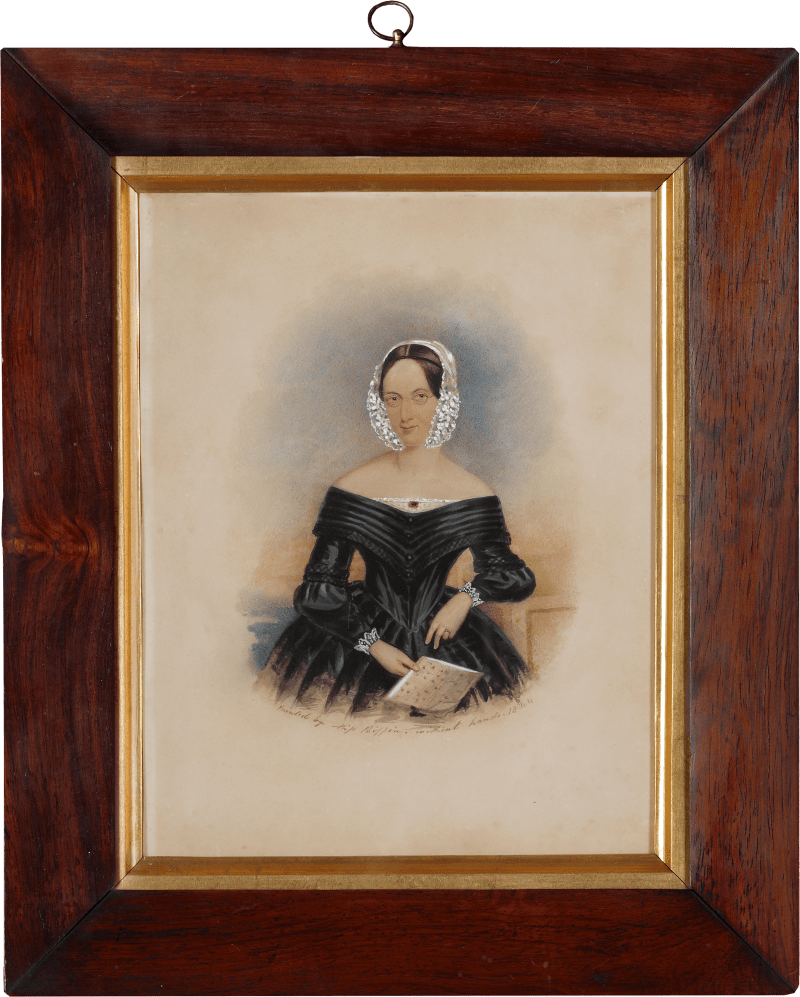Christian Friedrich Zincke was born in Dresden to a family of goldsmiths. After training in his home town, he travelled to London at the invitation of the Charles Boit, then the leading practitioner of enamelling in Europe. For a period of time he worked alongside his previous master Boit, but soon began his own studio.
From 1714, Boit having fled England to escape his creditors, Zincke became England’s finest and most sought-after enamellist. His output was prolific and although his eyesight began to deteriorate during the 1720s, he was made enamel painter to George II in 1732, which increased his patronage further.[1] Unlike other enamellists many of his portraits were made ad vivum, although he was not averse to flattering his sitters at their request.[2]
It is quite possible, given the volume of commissions and subsequent output from Zincke, that he was in fact running a studio and employing artists working under the ‘Zincke’ brand, although there is no documentary...
Christian Friedrich Zincke was born in Dresden to a family of goldsmiths. After training in his home town, he travelled to London at the invitation of the Charles Boit, then the leading practitioner of enamelling in Europe. For a period of time he worked alongside his previous master Boit, but soon began his own studio.
From 1714, Boit having fled England to escape his creditors, Zincke became England’s finest and most sought-after enamellist. His output was prolific and although his eyesight began to deteriorate during the 1720s, he was made enamel painter to George II in 1732, which increased his patronage further.[1] Unlike other enamellists many of his portraits were made ad vivum, although he was not averse to flattering his sitters at their request.[2]
It is quite possible, given the volume of commissions and subsequent output from Zincke, that he was in fact running a studio and employing artists working under the ‘Zincke’ brand, although there is no documentary evidence of this. The present work was likely an enamel wholly executed by Zincke, given the exceptional painting of the sitter’s face and drapery.
The present work displays a greater degree of individual characterisation than most of Zincke’s portraits. Although most of Zincke’s sitters sat for particularly formal portraits, there is an intimacy shown here in the sitter’s loose hair and her clothing, which barely preserves her modesty. There can be little doubt that this portrait enamel was destined to be seen by an intimate associate.
Enamels by Zincke can be found in most significant public and private collections, including The Royal Collection, the Portland collection at Welbeck Abbey, the Victoria and Albert Museum, London and the Ashmolean Museum, Oxford.
[1] Vertue recorded in 1726 that Zincke ‘has had more persons of distinction daily sitting to him than any other painter living’ (Vertue, Note books, 3.30).
[2] George II asked him to paint Queen Caroline as if she were twenty-eight when she was forty-nine; the queen in turn urged him to make the king look twenty-four years younger.








